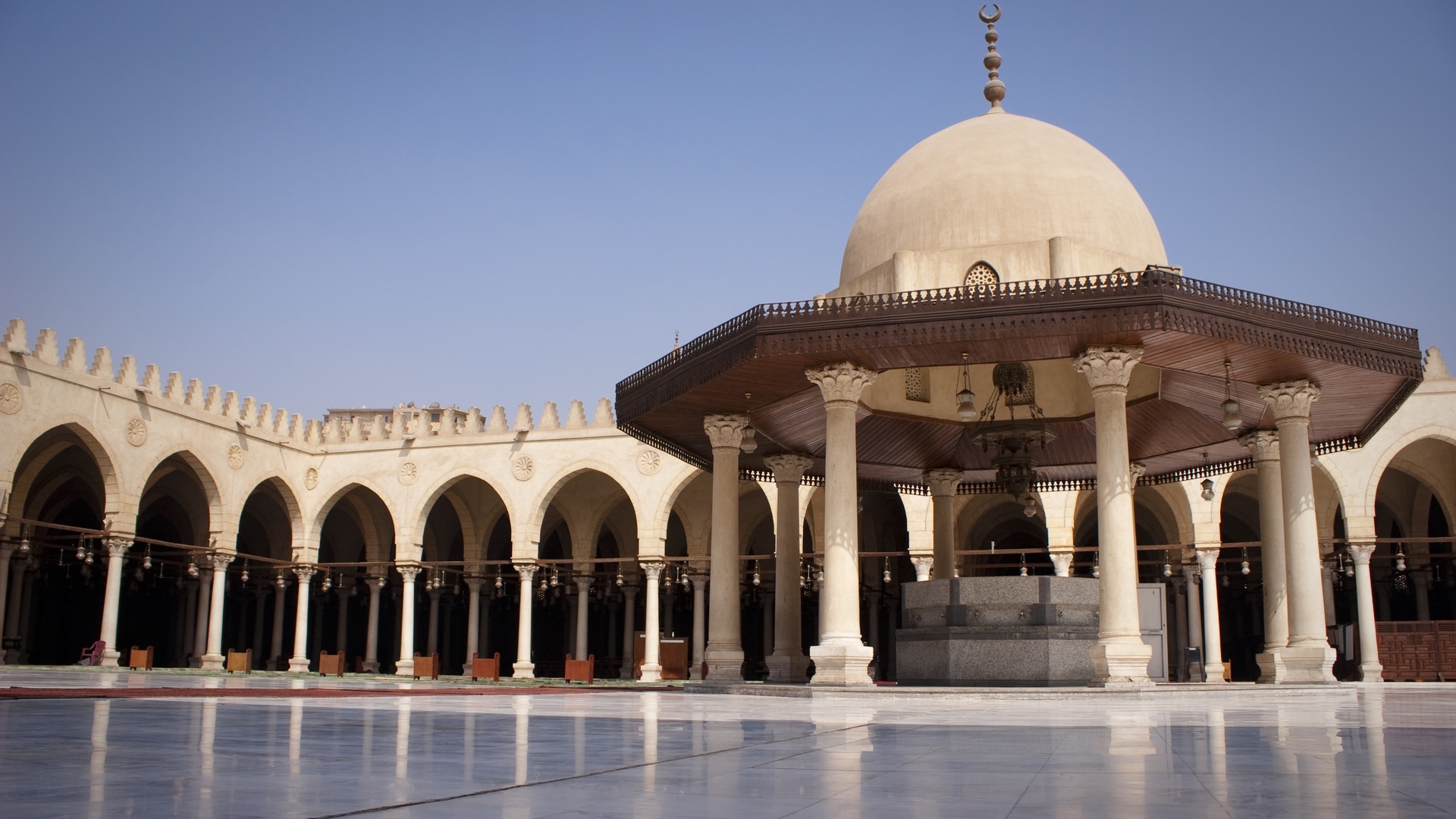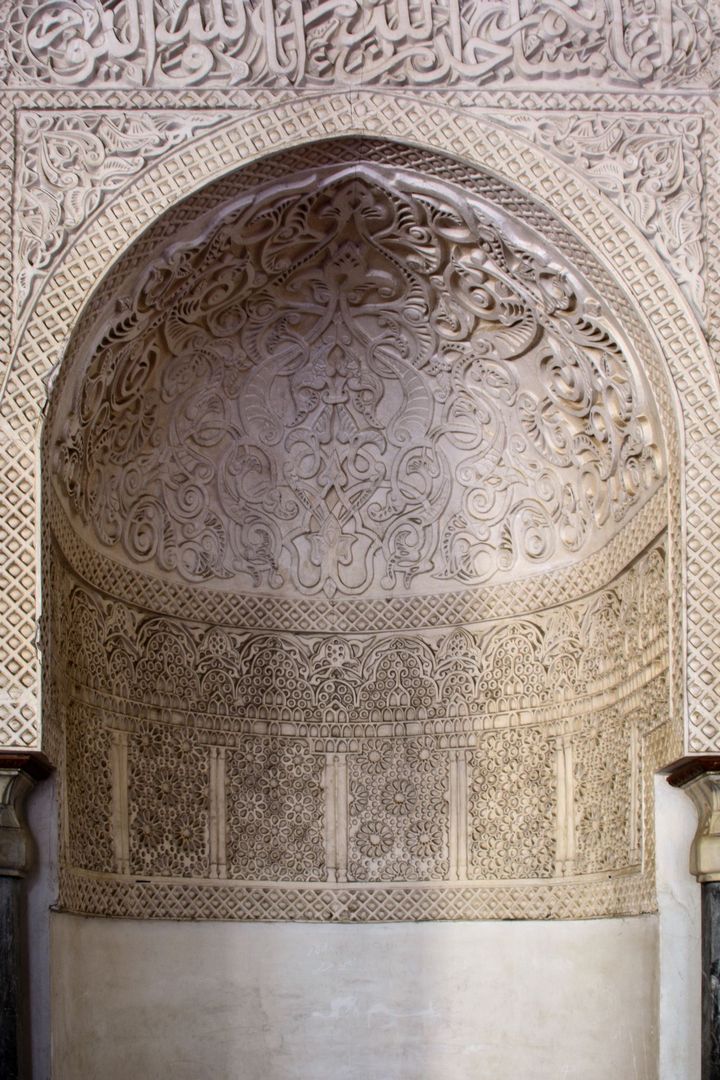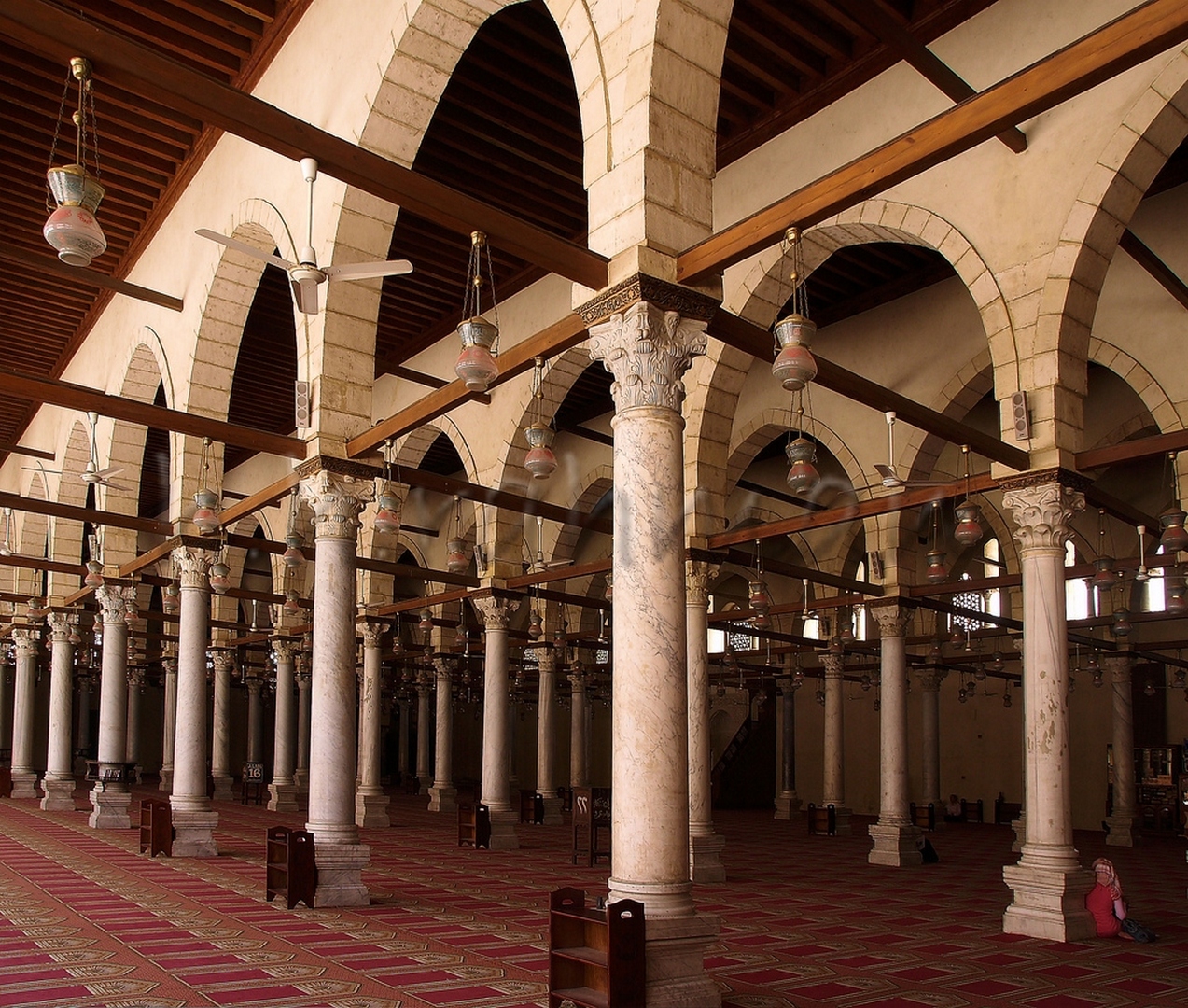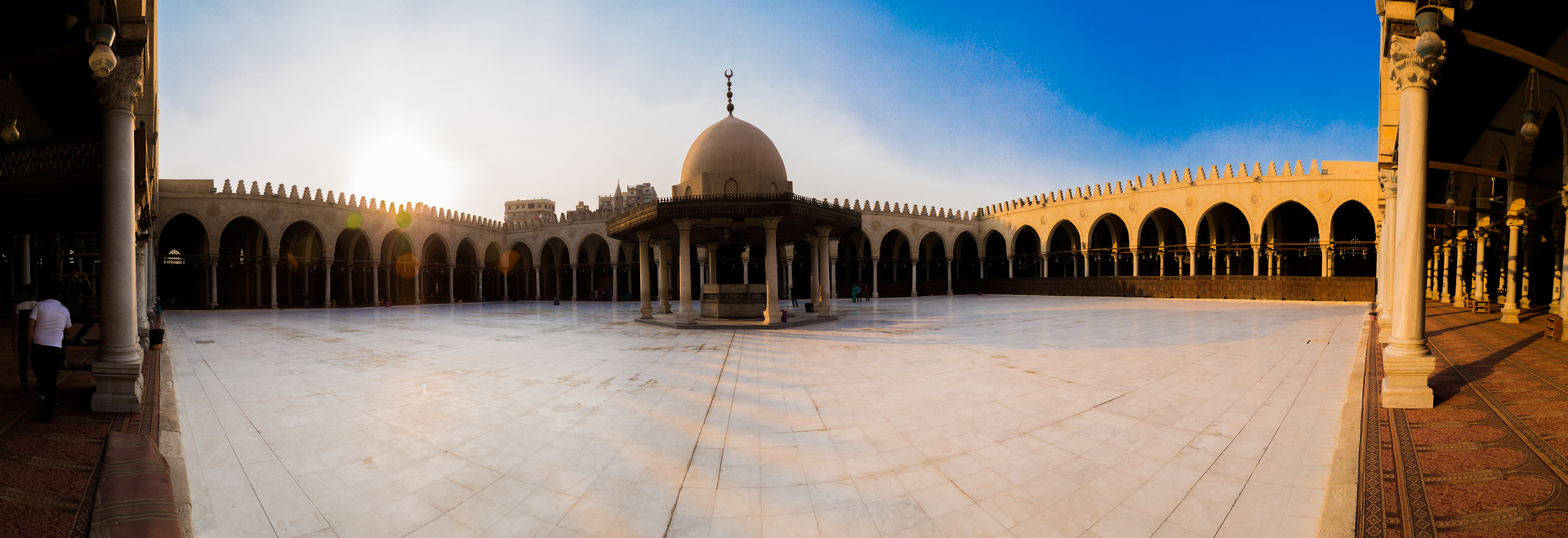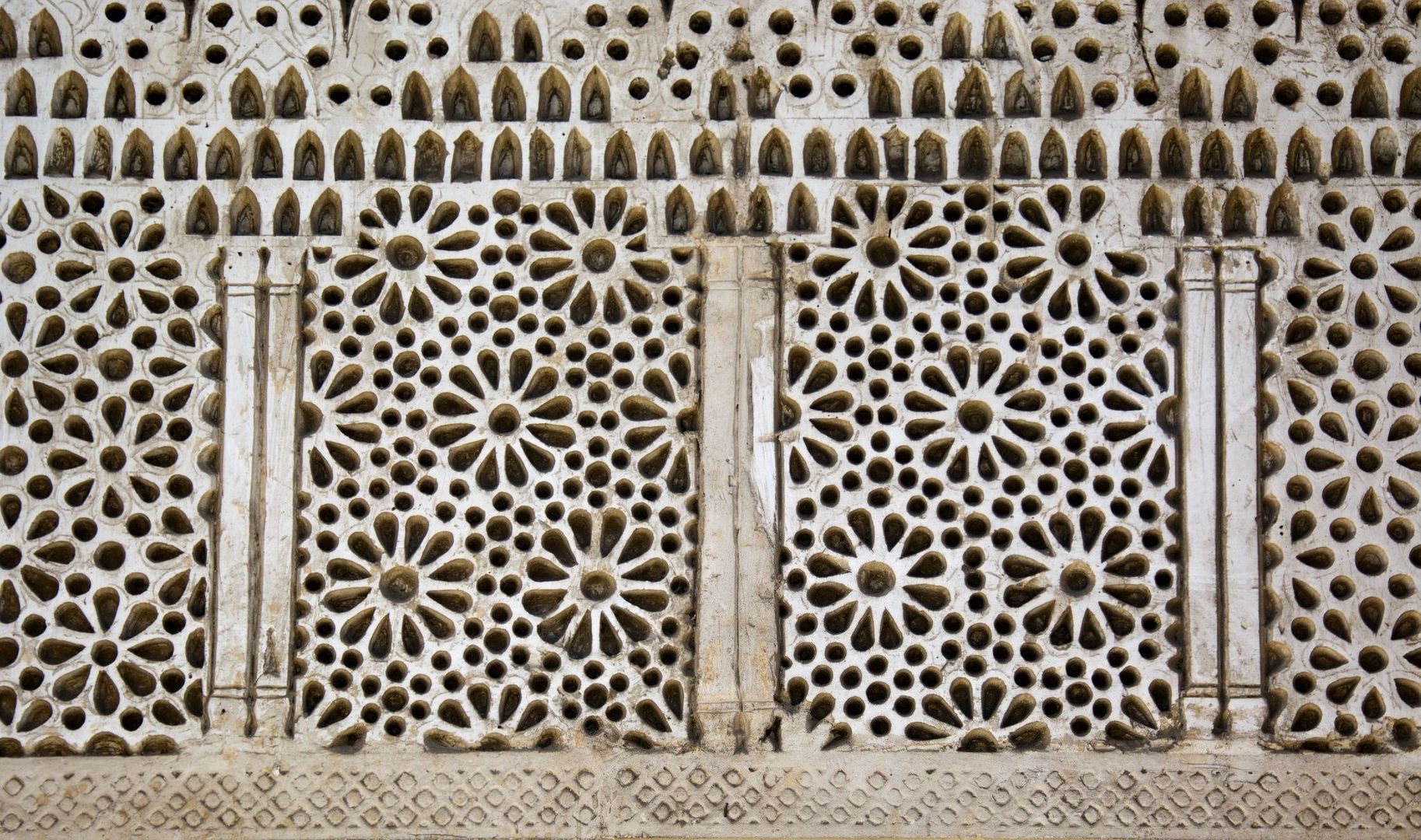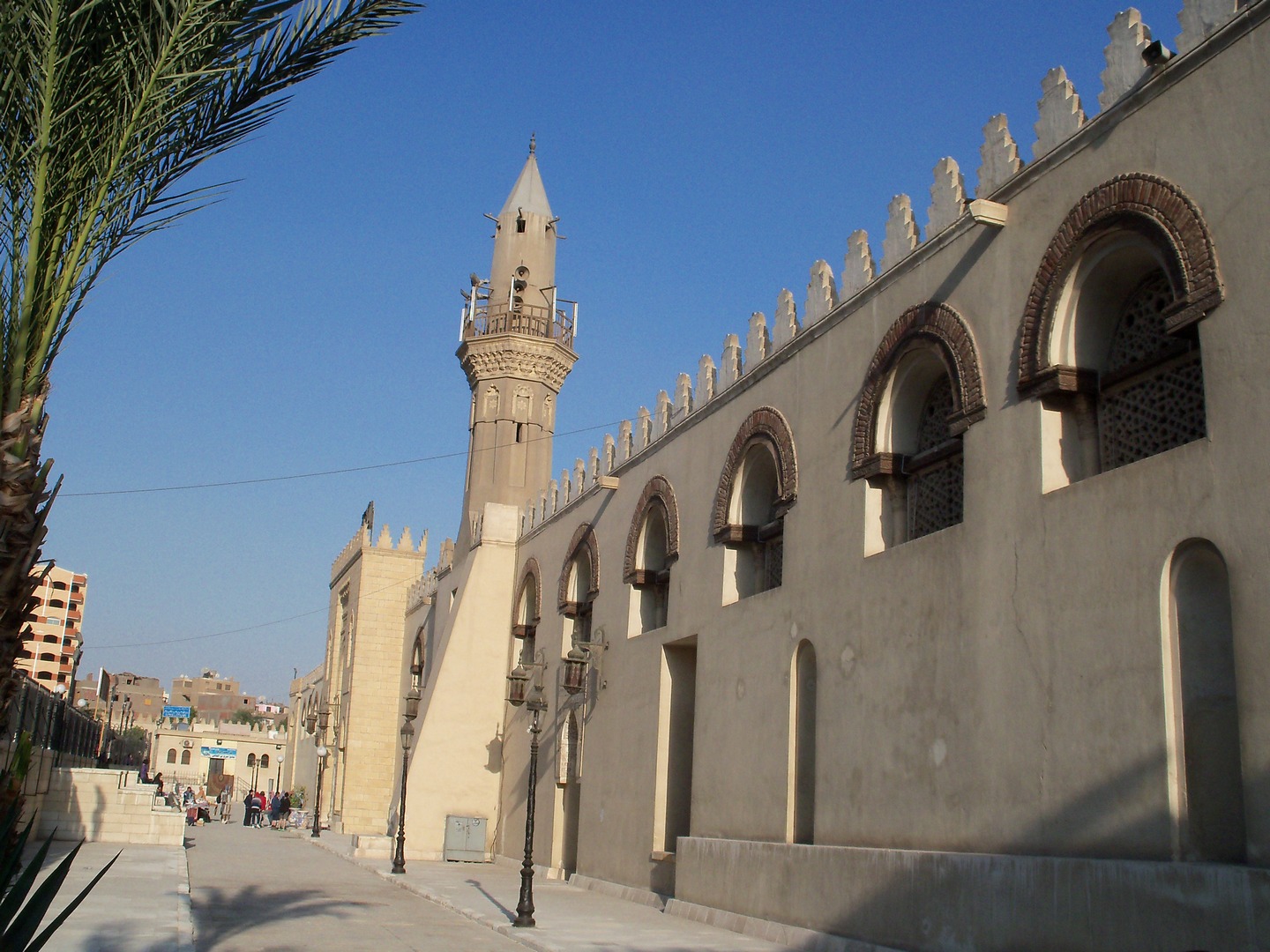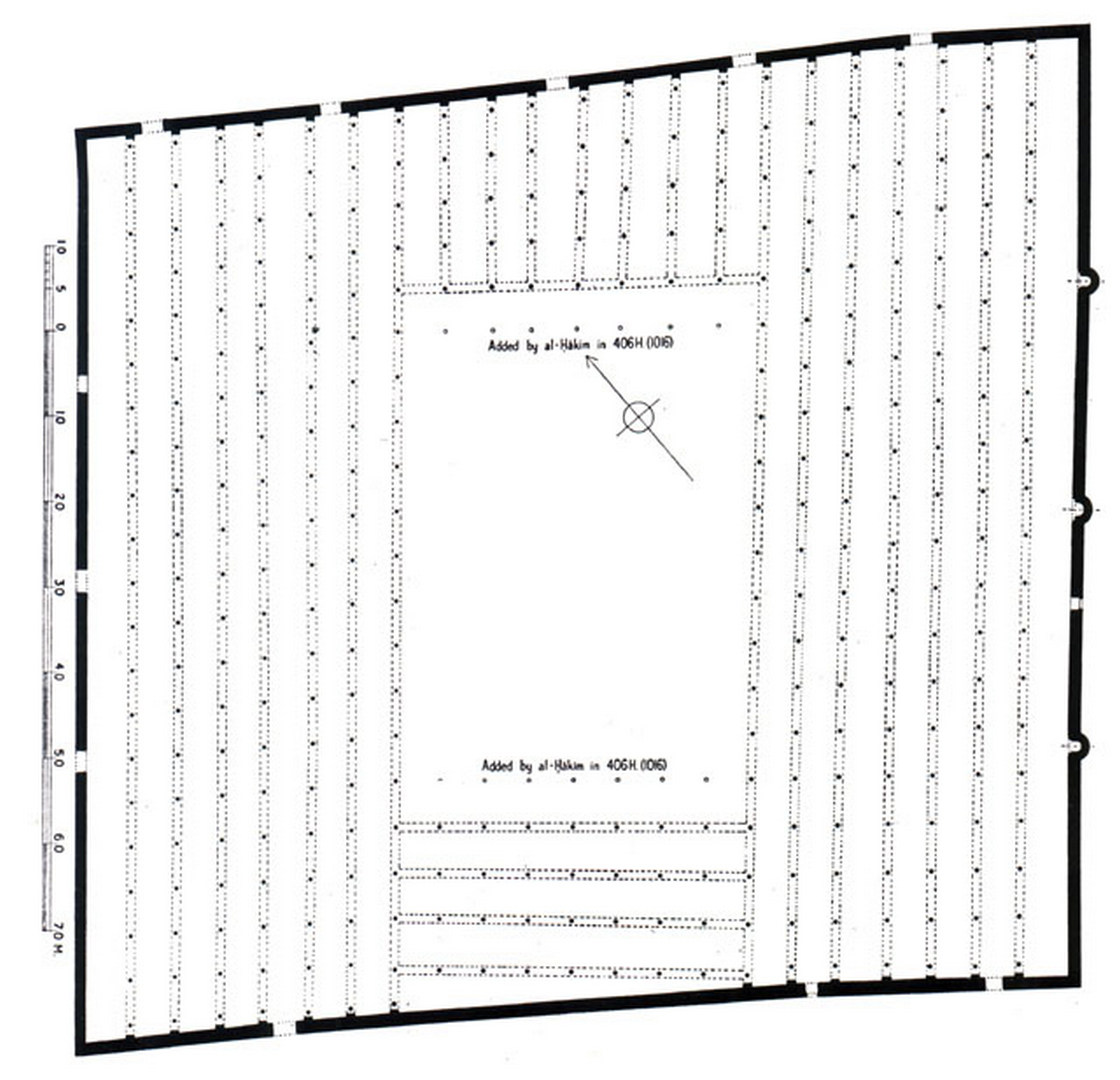Description
Property Name: Amr Ibn Al-As Mosque
Inventory No: 20-2-1
Date of infill of the inventory form: 2007-11-06
Country (State party): Egypt
Province: Cairo
Town:
Geographic coordinates: 30° 0′ 36.45″ N
31° 13′ 59.36″ E
Historic Period: Early Islamic (until 660)
Year of Construction: 642
Style:
Original Use: Mosque
Current Use: Mosque
Architect: Unknown
Significance
In 640 AD the Muslims laid siege to Babylon under the commander, Amr Ibn al-As, who then established Fustat, the first Muslim capital, at the north of Babylon as his military headquarters and government. The Mosque of Amr Ibn al-As was built in the center of Al-Fustat, the first mosque of Egypt and Africa, represents one of the earliest recorded examples Islamic architecture in the world. The mosque has great importance for Islamic Egypt, as it was the first scientific university until Al-Azhar Mosque was built.
Selection Criteria
i. to represent a masterpiece of human creative genius
v. to be an outstanding example of a traditional human settlement, land-use, or sea-use which is representative of a culture (or cultures), or human interaction with the environment especially when it has become vulnerable under the impact of irreversible change
vi. to be directly or tangibly associated with events or living traditions, with ideas, or with beliefs, with artistic and literary works of outstanding universal significance
State of Preservation
The original mosque has a rectangular plan with columns. The columns were constructed of palm trunks, walls were of mud brick and the floor was covered with gravel. The floor was covered with palm branches. There was not any interior court, nor open outdoor space present. Also, there was not any minaret nor any mihrab niche either. In the Umayyad period, in 672-673, the mosque was rebuilt by Musallama Ibn Mukhallad, with extensions at northeastern and northwestern sides. Four minarets, which were prototypes of Egyptian minarets consisting of cells with stairs, were added to each corner of the mosque.
The mosque of Amr Ibn Al-As was rebuilt again in 710. During the Abbasid period, in 827, Abdullah Ibn Taher, who was the ruler of Egypt, added a new area to the mosque at southwestern side. In the Fatimid period, in 998 a riwaq was built in the courtyard with stone columns. Later a minaret was added in the middle of qibla wall and two more minarets were added in 1121. The mosque was destroyer during the fire of al-Fustat in 1175. In 1779, the mosque was renewed under the order of Salah al-Din al-Ayyubi. In the Mameluke period, there was a lot of construction work carried out in the mosque. After the earthquake of 1303, the building was restored. During the Ottoman period, Murad Bey, the ruler of Egypt, rebuilt the mosque, reinforcing the columns, renovating the roof and plastering the whole building.
In 1899, Administration of Waqfs repaired same parts of the building. In 1906, the Committee for the Preservation of Arabic Monuments started a through examination of the mosque. Abbas Helmi II of Egypt did restoration work in the 20th century and some parts of the entrance were reconstructed in the 1980s. In 1930, the Committee repaired the walls of the mosque and qibla iwan.
References
Archnet Website: www.archnet.org
Ahmad, Mahmud. Concise Guide to the Principal Arabic Monuments in Cairo, Government Press, 1939, Bulak.
Prochazka, Amjad Bohumil. Introduction to Islamic Architecture, Muslim Architecture Research Program (MARP), Switzerland, 1986.
Islamic Cairo Mosque of Amr Ibn Al-As, Publication of Egyptian Antiques Organization, 1986, Cairo.
Parker, Richard; Robin Sabin. A Practical Guide to Islamic Monuments in Cairo, American University in Cairo Press, 1974, Cairo.
Siliotti, Alberto. Islamic Cairo: Egypt Pocket Guide, The American University in Cairo Press, 2000, Cairo.


